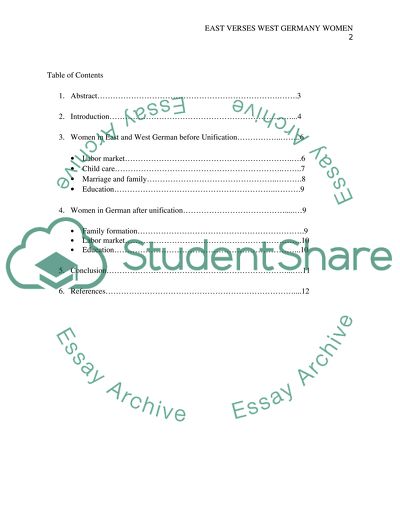Cite this document
(“Comparing West German Women and East German Women's Economic and Research Paper”, n.d.)
Retrieved from https://studentshare.org/gender-sexual-studies/1398698-comparing-west-german-women-and-east-german-women
Retrieved from https://studentshare.org/gender-sexual-studies/1398698-comparing-west-german-women-and-east-german-women
(Comparing West German Women and East German Women'S Economic and Research Paper)
https://studentshare.org/gender-sexual-studies/1398698-comparing-west-german-women-and-east-german-women.
https://studentshare.org/gender-sexual-studies/1398698-comparing-west-german-women-and-east-german-women.
“Comparing West German Women and East German Women'S Economic and Research Paper”, n.d. https://studentshare.org/gender-sexual-studies/1398698-comparing-west-german-women-and-east-german-women.


